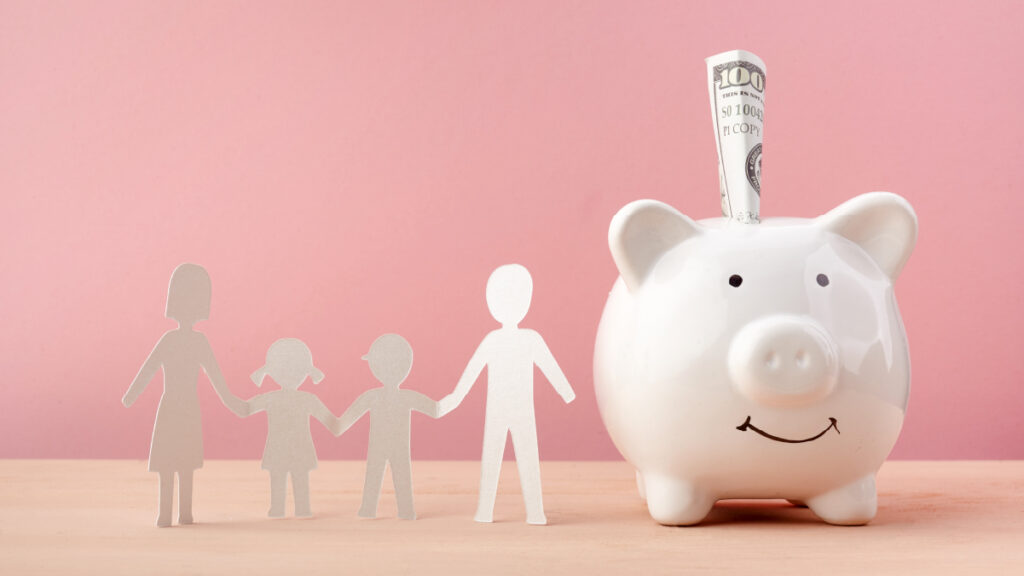National and state-by-state data available for download
As the Senate takes up the COVID relief bill passed by the House last week, Senate Democrats have proposed to lower the income level at which the $1,400 cash payments would be phased out. New estimates from ITEP demonstrate that, for most people, the change would make no difference.
The Senate bill would benefit 86 percent of adults and 85 percent of children, compared to 91 percent of adults and 90 percent of children under the House-passed bill. But among the bottom 60 percent of Americans, those who most need help, both versions of the proposal would benefit 100 percent of adults and children.
The cash payments in the Senate proposal would phase out for those with income exceeding $75,000 in the case of singles, $112,500 in the case of single parents, and $150,000 in the case of married couples–just as in the House-passed bill.
However, the Senate Democrats propose to phase out the payments at a steeper rate. For example, the Senate version would phase the cash payments out entirely for singles with $80,000 of income, compared to $100,000 of income under the House-passed bill.
More Details
The cash payments under the Senate proposal revealed today would phase out for taxpayers with income between $75,000 and $80,000 for singles, $112,500 and $120,000 for single parents, and $150,000 and $160,000 for married couples.
The cash payments in the bill passed by the House last week would phase out for taxpayers with income between $75,000 and $100,000 for singles, $112,500 and $150,000 for single parents, and $150,000 and $200,000 for married couples.
ITEP estimates that the Senate proposal would benefit 280 million people (adults and children), compared to 297 million people under the House proposal.
These estimates do not include taxpayers who file with an Individual Taxpayer Identification Number (ITIN) or their family members who have Social Security Numbers (SSNs). ITIN filers would be ineligible for the payments but their family members who have SSNs could receive the payments. This was also true of the $600 payments provided in legislation enacted before the end of 2020, which made those payments available to 1.4 million adults with SSNs who have a spouse filing with an ITIN and 1.5 million children who have one parent filing with an SSN and another with an ITIN, according to the Migration Policy Institute.
Most of these individuals would qualify for the new $1,400 payments but the exact numbers could differ because the income limits in the new legislation (both the House and Senate versions) differ somewhat from those of the $600 payments.
Download ITEP’s national and state-by-state estimates for more information.




